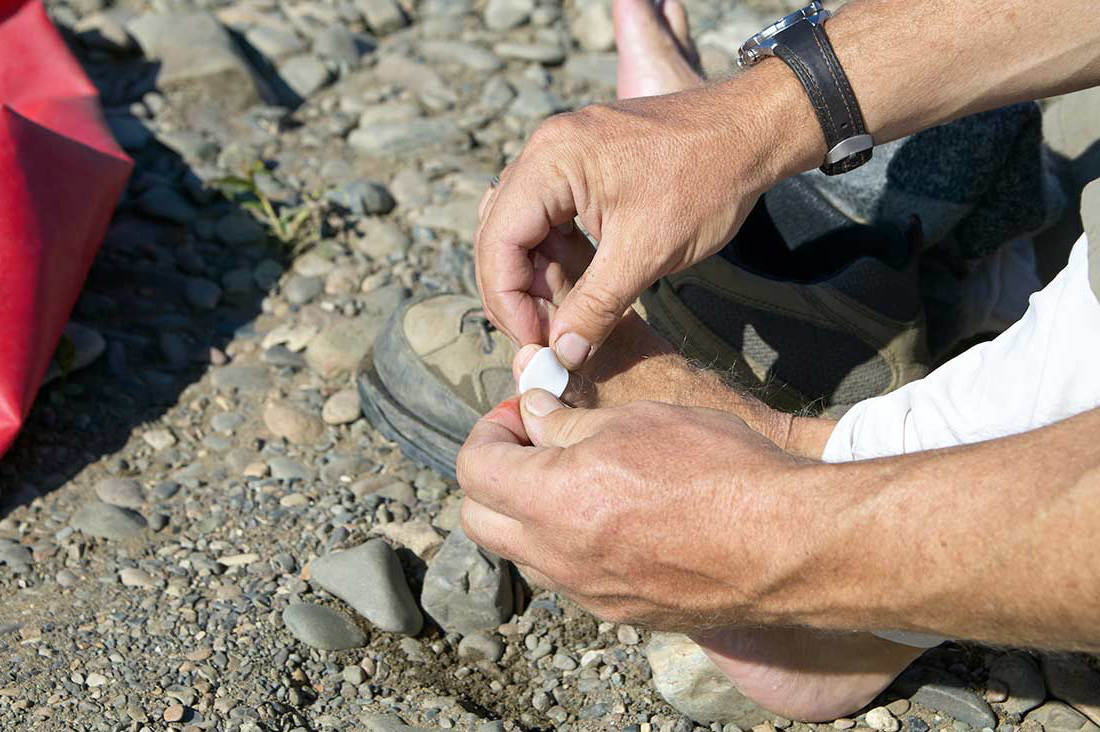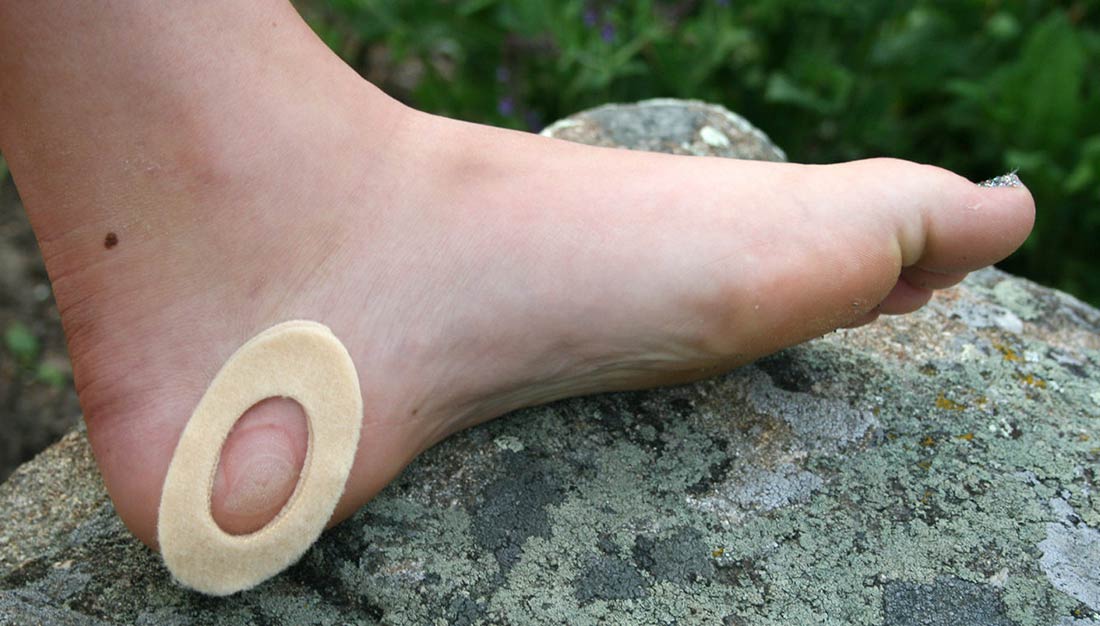Climbing Kilimanjaro is challenging. Because hiking that many days can take a toll on your body. This includes your feet. Blisters can be a common issue due to the demanding nature of the hike. The best way to avoid blisters on Kilimanjaro is by preventing them altogether. However, if you develop a hotspot or blister despite your best efforts, we will also cover how to treat them while on your trek.
Prevention
Prevention is key when it comes to blisters while hiking. Taking proactive measures can help minimize the chances of developing blisters. Here are some tips to prevent blisters.
Choose the right footwear: Invest in high-quality, well-fitting hiking boots designed for trekking. Break them in.
Proper sock selection: Wear moisture-wicking socks made of synthetic materials or Merino wool to keep your feet dry.
Double-layer your socks: Consider wearing double-layered socks or using specialized blister-prevention socks. The inner layer should be a thin, moisture-wicking sock, like Injinjis. You can read more about Injinjis here: https://kilimanjarosunrise.com/injinji-toe-sock-review-for-hiking-kilimanjaro/
The outer layer should provide extra cushioning and reduces friction. A couple of good socks are Thorlo or Darn Tough.
Break-in your boots: Before heading to Kilimanjaro, make sure you hike many miles in the boots you plan on wearing on the trek. Do not wear brand-new boots or you will get blisters.

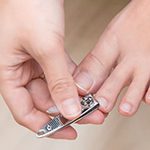
Gradually increase hiking distances: If you’re new to hiking, increase your hiking distances and elevation as your climb dates approach. This allows your feet to adapt to stress and reduces the risk of developing blisters.
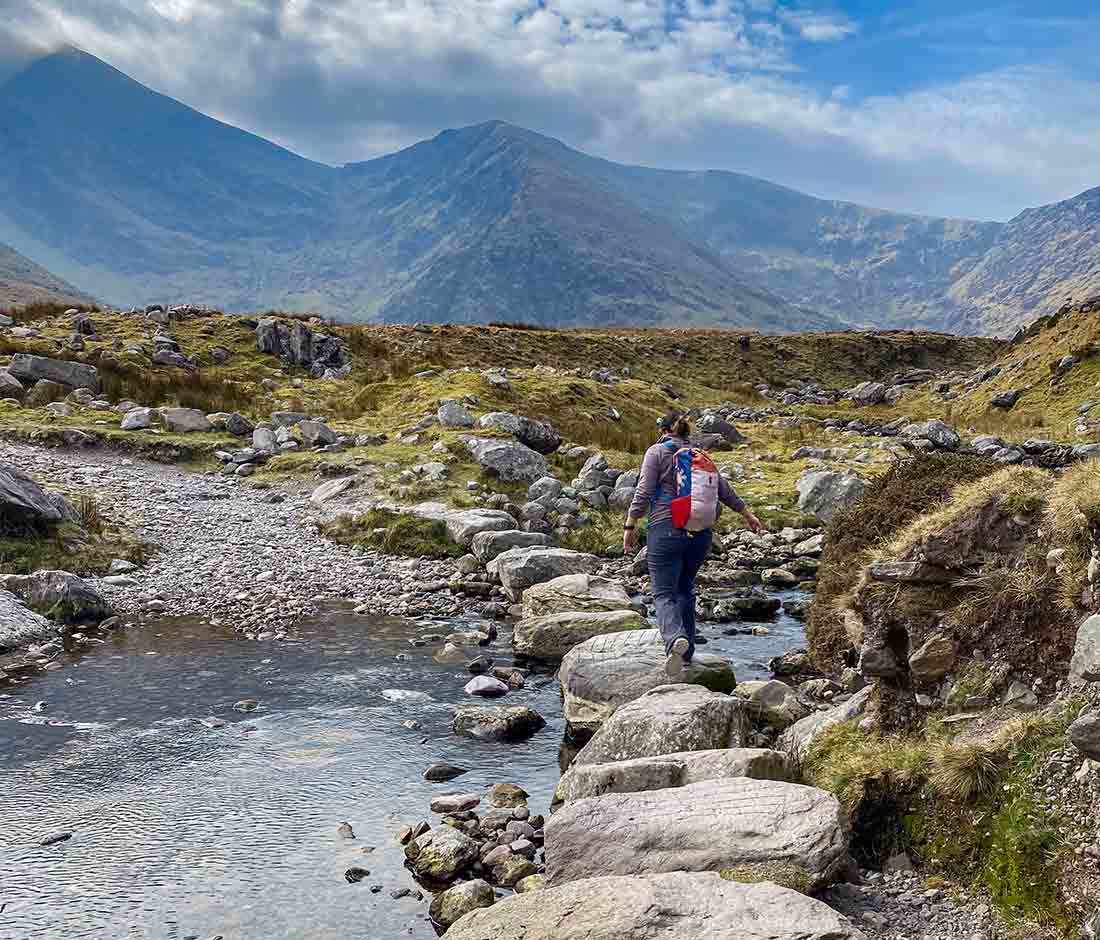
Carry blister prevention supplies: Pack a small blister kit in your hiking gear. This should include moleskin, duct tape, and/or blister pads, adhesive bandages, antiseptic ointment, and any other blister-specific products that you prefer.
On Kilimanjaro
Don’t neglect sock changes: Change into clean, dry socks each morning during the climb. It isn’t practical to wear a fresh pair each day, so wash them when you arrive at camp. Remove your socks and put on camp slippers. Wash your socks while it is still warm out so they dry before it gets cold.
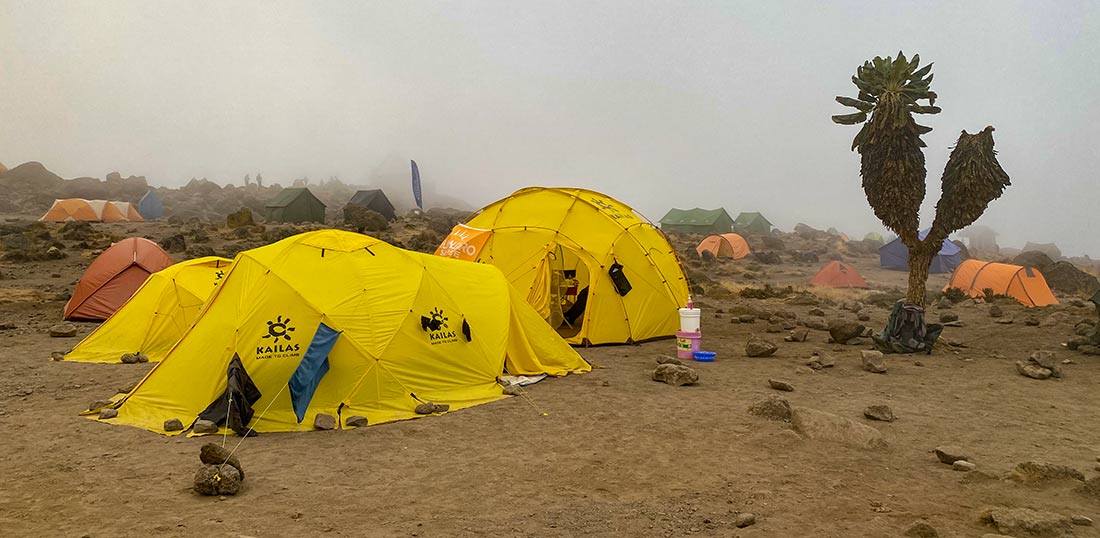
We will encourage you to hike slowly: This pace allows your body to adjust to the altitude. Rapid changes in altitude can increase the risk of blisters due to foot swelling.
Apply lubricants or powders: Apply a thin layer of petroleum jelly or specialized blister prevention sticks on areas prone to friction, such as the heels, toes, and sides of your feet.
Treatment:
Remember, prevention is not always foolproof. Preparation is essential to treat blisters if they do occur. By combining proper prevention techniques with prompt treatment, you can minimize discomfort and continue to enjoy your hiking adventures. Treating a blister while hiking is important to prevent further discomfort and potential complications. Here are the steps you can take to treat a blister on the trail:
Take immediate action: If you feel a hot spot or notice discomfort indicating the onset of a blister, address it with the guide as soon as possible to prevent it from worsening.
Stop and assess the blister: Find a comfortable spot to sit down and examine the blister. Determine its size, whether it’s intact or ruptured, and if there are any signs of infection.
Leave the blister intact if possible: If the blister is intact, it acts as a natural barrier against infection. Avoid popping or puncturing it unless it is causing significant pain or hindering your ability to walk comfortably.
Clean the area: Clean the blister with mild soap and water if at camp or wipes along the trail. If it has burst use antiseptic wipes or solutions to prevent infection.
Apply a blister pad, duct tape, or moleskin: Place the pad around the blister to provide cushioning and reduce friction. Secure the pad. Apply duct tape over the moleskin or blister pad to prevent it from falling off inside your sock.
Protect with adhesive bandages: If the blister is intact or after applying a blister pad, cover it with a sterile adhesive bandage to shield it from further rubbing.
Monitor the blister: Keep an eye on the blister’s condition as you continue your climb. Check for signs of infection, such as redness, swelling, or increased pain.
Adjust footwear and socks: Ensure your boots are properly laced to minimize movement and friction.
Maintain foot hygiene: Keep your feet clean and dry, especially during rest breaks. Avoid exposing the blister to moisture, as it can increase the risk of infection.
If you notice signs of infection, such as increased redness, swelling, warmth, pus, or persistent pain let the guide know immediately. They have Wilderness First Responder training and know how to deal with any issue that arises while climbing Kilimanjaro.
Final Thoughts
In conclusion, climbing Kilimanjaro can be tough, and the rugged terrain and altitude can increase the likelihood of blisters. By taking preventive measures, you can potentially avoid blisters on your climb. Nonetheless, if you do end up with blisters, it’s vital to be prepared. Make sure to choose appropriate footwear and keep an eye on your feet to prevent and manage blisters effectively. We aim for you to enjoy your climb without struggling with your feet.

